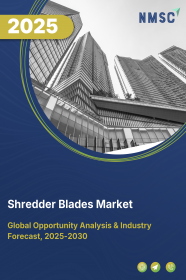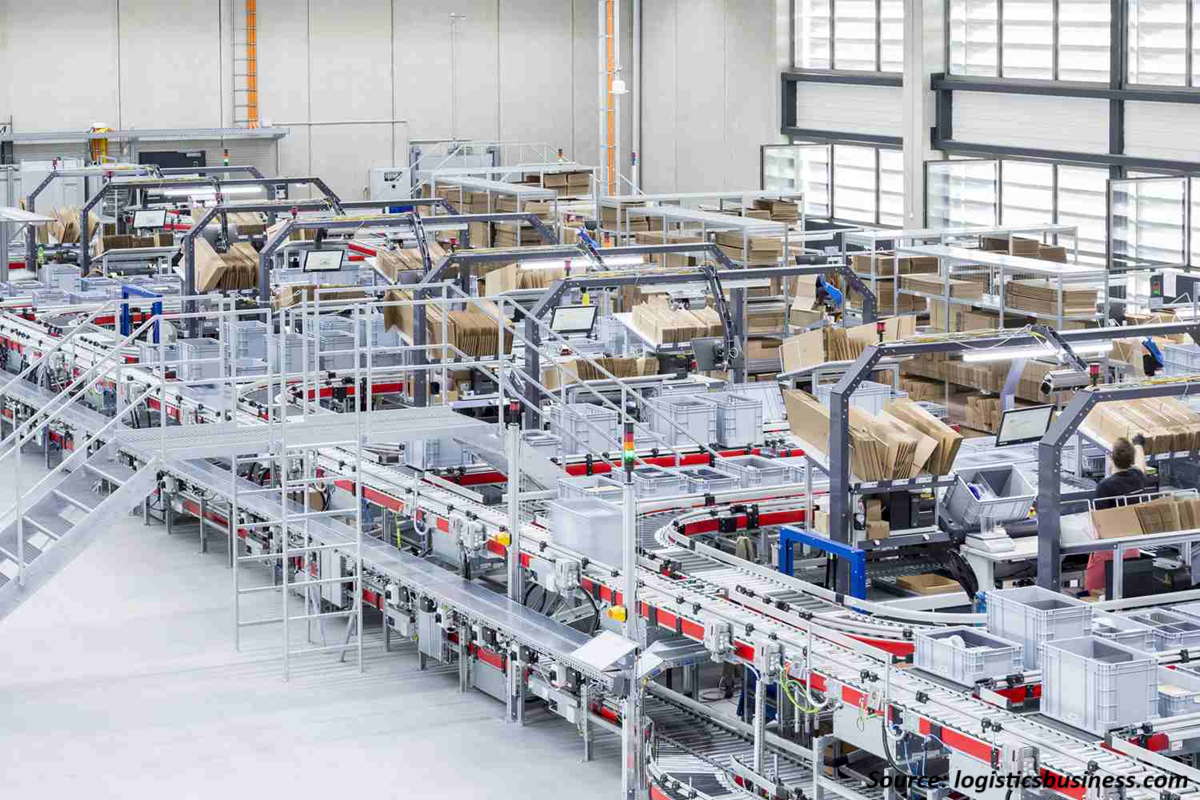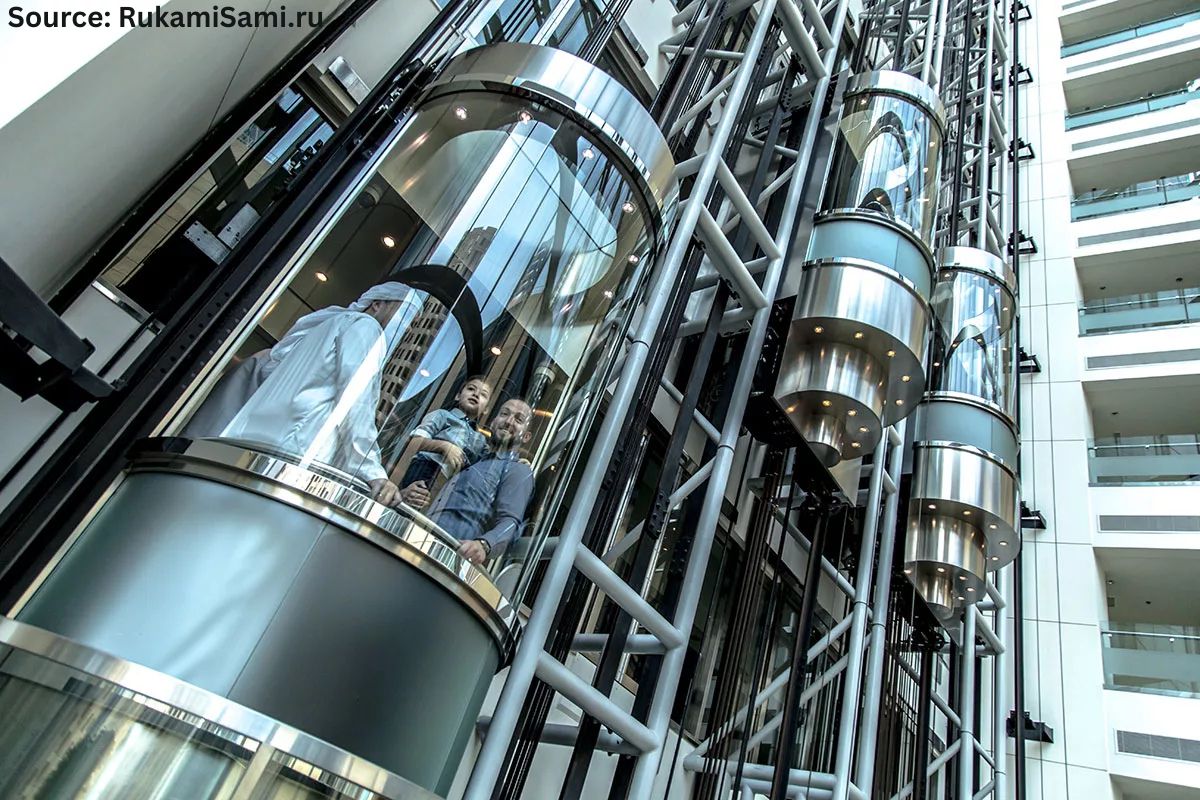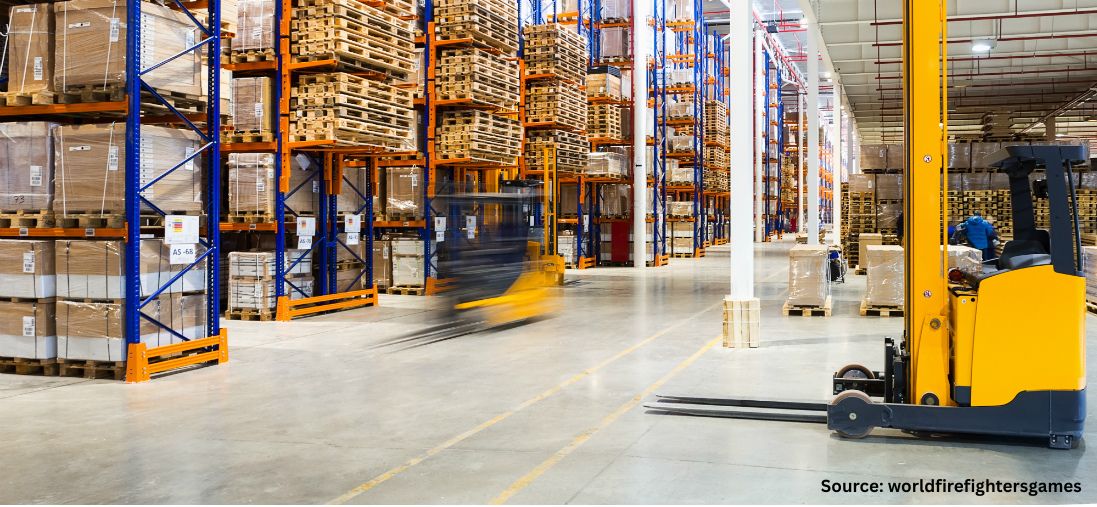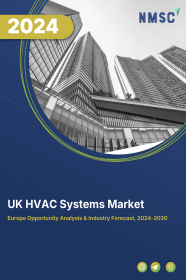
The UK HVAC Systems Market by Equipment (Cooling Equipment, Heating Equipment, and Ventilation), by Implementation Type (New Construction and Retrofit), and by End User (Residential, Commercial, and Industrial) - Opportunity Analysis and Industry Forecast, 2024– 2030
Industry: Construction & Manufacturing | Publish Date: 22-May-2025 | No of Pages: 192 | No. of Tables: 153 | No. of Figures: 78 | Format: PDF | Report Code : CM1923
US Tariff Impact on UK HVAC Systems Market
Trump Tariffs Are Reshaping Global Business
Market Definition
The UK HVAC System Market size was valued at USD 6.95 billion in 2023, and is predicted to reach USD 9.08 billion by 2030, at a CAGR of 3.3% from 2024 to 2030.
HVAC (Heating, Ventilation, and Air Conditioning) refers to the technology and systems used in buildings to regulate indoor environmental conditions such as temperature, humidity, and air quality to ensure comfort and safety for occupants. Heating systems provide warmth during colder months, ventilation systems circulate and replenish indoor air, and air conditioning systems cool and dehumidify indoor air during warmer months.
HVAC systems offer several advantages, including improved occupant comfort and health, increased energy efficiency leading to cost savings, better indoor air quality through filtration and ventilation, precise temperature control for enhanced productivity in commercial settings, and protection of building infrastructure from extreme weather conditions. Additionally, these systems can be designed to meet specific requirements, contributing to sustainability goals by reducing carbon emissions and promoting eco-friendly practices in building operations.
Surge In Net-zero And Retrofit Initiatives Fuels Hvac Demand In The UK
The UK’s ambitious net-zero carbons targets and decarbonization strategies are significantly reshaping the HVAC systems market. In alignment with the government's commitment to achieving net-zero emissions by 2050, there is a substantial push toward energy-efficient heating and cooling solutions. This has led to a surge in demand for HVAC systems that support heat recovery, low-carbon technologies, and renewable energy integration such as air-source and ground-source heat pumps.
Additionally, the UK housing stock—much of which is aged and poorly insulated—is undergoing extensive retrofitting under initiatives such as the Social Housing Decarbonisation Fund and Green Homes Grant (legacy impact). These schemes emphasize HVAC modernization as part of broader energy performance upgrades. As a result, both residential and public sector buildings are witnessing an increase in HVAC installations aimed at improving efficiency and sustainability, driving steady growth in the market.
Growing Focus On Health And Ventilation Standards Post-covid Boosts Hvac System Adoption
The COVID-19 pandemic has heightened awareness around indoor air quality and proper ventilation, leading to a structural shift in HVAC system requirements across the UK. Regulatory updates such as Part F (Ventilation) of the UK Building Regulations now place greater emphasis on adequate ventilation in both residential and non-residential buildings. This is particularly evident in sectors such as healthcare, education, and office spaces, where occupant health and wellbeing are central to facility design.
The trend has catalyzed increased demand for HVAC systems with enhanced ventilation, air purification, and pathogen mitigation features. Innovations such as mechanical ventilation with heat recovery (MVHR), high-efficiency particulate filters, and IoT-based air monitoring systems are seeing higher uptake. This focus on occupant health is expected to be a long-term driver of HVAC system upgrades and new installations across the UK.
Complex And Evolving Regulatory Landscape Poses A Barrier To Uk Hvac Market Growth
The UK HVAC systems market is significantly constrained by the increasingly complex and evolving regulatory environment. HVAC manufacturers, suppliers, and installers must comply with a broad array of national and regional regulations aimed at supporting the country’s decarbonization goals and improving building energy performance. Key frameworks include the Building Regulations Parts L (Conservation of Fuel and Power) and F (Ventilation), the Minimum Energy Efficiency Standards (MEES), and phased restrictions under the F-Gas Regulation.
These regulations impose stringent requirements on system efficiency, refrigerant usage, and indoor air quality performance. For instance, the F-Gas Regulation mandates a gradual phase-down of high-GWP (Global Warming Potential) refrigerants, prompting the industry to shift to low-carbon alternatives—often at higher cost and with complex handling requirements. Similarly, frequent updates to building codes necessitate constant product and system redesigns, testing, and certification.
While these policies are intended to reduce environmental impact and improve public health, they also present significant financial and operational challenges, particularly for small and medium-sized enterprises (SMEs). The need for ongoing compliance, workforce training, and certification (e.g., REFCOM or Gas Safe Register) increases administrative burden and can slow product innovation and deployment. Additionally, uncertainty surrounding future regulatory changes, especially post-Brexit, adds another layer of risk that may deter new market entrants and complicate long-term strategic planning.
Rising Adoption Of Solar-powered Hvac Systems Presents Strong Growth Opportunity In The Uk Market
The integration of solar-powered HVAC systems represents a significant growth opportunity for the UK HVAC systems market, aligning with the country’s push toward renewable energy adoption and carbon neutrality. With the UK government’s legally binding commitment to achieve net-zero emissions by 2050, and increasing emphasis on energy independence, solar-assisted HVAC solutions are gaining traction as a sustainable alternative to conventional grid-reliant systems.
Advancements in photovoltaic (PV) technology, battery storage solutions, and smart system integration have made solar-powered HVAC systems more efficient and economically viable, especially in new builds and retrofitted commercial facilities. These systems help reduce operating costs by lowering electricity consumption, while also offering resilience against energy price fluctuations and grid instability—factors becoming increasingly relevant amid the UK’s ongoing energy transition.
Moreover, government-backed initiatives such as the Smart Export Guarantee (SEG) and Green Heat Network Fund (GHNF) provide financial incentives that make solar-powered systems more accessible to homeowners, housing associations, and commercial building operators. As sustainability standards become stricter through evolving Building Regulations and corporate ESG mandates, the demand for low-carbon HVAC solutions powered by on-site renewables is set to rise.
This trend opens the door for HVAC manufacturers and service providers to innovate in hybrid systems (e.g., solar + heat pump combinations), solar-ready HVAC designs, and integrated energy management platforms. The intersection of renewable energy and HVAC technology not only enhances energy efficiency and environmental compliance but also strengthens market differentiation—making solar-powered HVAC a key strategic opportunity in the UK market landscape.
Competitive Landscape
The market players operating in the UK HVAC System market includes Daikin Industries, Ltd., Carrier Corporation, Mitsubishi Electric Corporation, Trane Technologies, Robert Bosch GmbH, Midea Group Co., Ltd., LG Electronics Inc., Panasonic Corporation, Lennox International Inc., Danfoss A/S, BDR Thermea Group, Vaillant Group, Worcester Bosch (Bosch Group), Honeywell International Inc., Samsung Electronics, Toshiba Air Conditioning (Toshiba Carrier UK), Viessmann Limited, Systemair, Zehnder Group UK Ltd., Aermec UK Ltd. and others.
The UK HVAC System Market Key Segments
By Equipment
-
Cooling Equipment
-
Unitary Air Conditioners
-
Variable Refrigerant Flow Systems (VRF)
-
Chillers
-
Room Air Conditioners
-
Coolers
-
Cooling Towers
-
-
Heating Equipment
-
Heat Pumps
-
Furnaces
-
Unitary Heaters
-
Boilers
-
-
Ventilation
-
Air-handling Units (AHUs)
-
Air Filtration Systems
-
Ventilation Fans
-
HRVs & ERVs
-
Air Purification Systems
-
Others
-
By Implementation Type
-
New Construction
-
Retrofit
By End User
-
Residential
-
Commercial
-
Industrial
Key Players
-
Daikin Industries, Ltd.
-
Carrier Corporation
-
Mitsubishi Electric Corporation
-
Trane Technologies
-
Robert Bosch GmbH
-
Midea Group Co., Ltd.
-
LG Electronics Inc.
-
Panasonic Corporation
-
Lennox International Inc.
-
Danfoss A/S
-
BDR Thermea Group
-
Vaillant Group
-
Worcester Bosch (Bosch Group)
-
Honeywell International Inc.
-
Samsung Electronics
-
Toshiba Air Conditioning (Toshiba Carrier UK)
-
Viessmann Limited
-
Systemair
-
Zehnder Group UK Ltd.
-
Aermec UK Ltd.
REPORT SCOPE AND SEGMENTATION:
|
Parameters |
Details |
|
Market Size in 2023 |
USD 6.95 Billion |
|
Revenue Forecast in 2030 |
USD 9.08 Billion |
|
Growth Rate |
CAGR of 3.3% from 2024 to 2030 |
|
Analysis Period |
2023–2030 |
|
Base Year Considered |
2023 |
|
Forecast Period |
2024–2030 |
|
Market Size Estimation |
Billion (USD) |
|
Growth Factors |
|
|
Companies Profiled |
20 |
|
Market Share |
Available for 10 companies |
|
Customization Scope |
Free customization (equivalent up to 80 working hours of analysts) after purchase. Addition or alteration to country, regional, and segment scope. |
|
Pricing and Purchase Options |
Avail customized purchase options to meet your exact research needs. |

















 Speak to Our Analyst
Speak to Our Analyst




